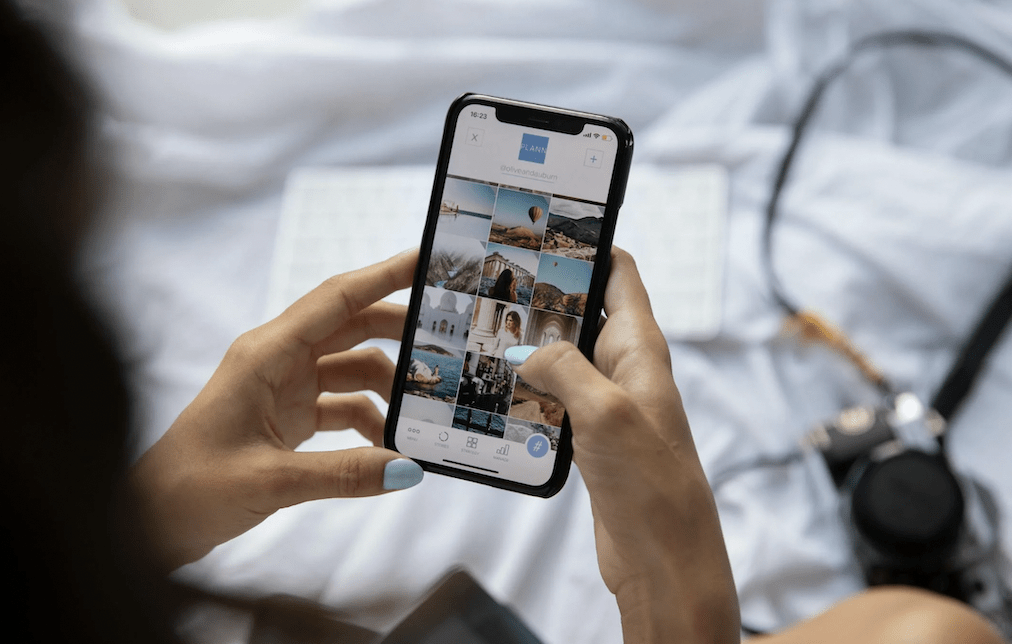Mass protests by locals in Tenerife and Barcelona aimed at the influx of tourists, Greek islands following Venice's lead in charging entry fees to cruise tourists, the Indonesian island of Bali imposing a construction freeze, to even the city of Rome thinking of making the Trevi Fountain pay. You cannot open a news site or you will be confronted with reports of mass and overtourism - two not to be confused terms, by the way, but more on that later. How it has come to this and how the problem can be addressed is anything but a simple exercise.
Yes, Airbnb and the lack of local regulations surrounding the platform has allowed investors to buy up properties en masse and then rent them out as holiday homes. Yes, big investment groups are lobbying their asses off to get scarce land adjacent to often fragile nature reserves licensed for yet another megalomaniac real estate project. And yes, airlines and tour operators meekly facilitate the flow of tourists by marketing all that increased supply seductively and affordably to the travel-hungry consumer. But often there is also a deeper discontent at the root that is often locally rooted and separate from the nuisance caused by tourists. Not to mention the media effect of all those global protests that can undoubtedly be contagious and in part magnify the problem.
Finally, influencers are also given the finger. Because without their perfect pictures, say, a sleepy village like Hallstatt or the picturesque island of Santorini would never be flooded in such a way by the hordes of tourists passing through today. So they too contribute to the fact that some places that are not equipped for an influx of tourists suffer from over-tourism.
Overtourism does not equal mass tourism
Because let one thing be clear: overtourism is indeed a real problem and should on no account be confused with mass tourism. The latter is a phenomenon that originated more than 20 years ago, when low-cost airlines made air travel accessible to a large public and tour operators lured travellers ‘en masse’ to giga resorts on the Spanish costas or Turkish riviera with well-thought-out package holidays. Many of these resorts thrive on tourism and the many holiday euros that Western Europeans happily spend there. Think away the tourists and you will face an economic disaster, including massive unemployment and a local population that can no longer make ends meet. The memory of the travel-poor covid period is still fresh in the mind of the whole sector there. Mass tourism in itself is not necessarily a problem, as long as the infrastructure is in place and the local population benefits more than they suffer. So far, that is still the case at most tourist attractions. Thankfully.
But back to the real problem: overtourism. A problem that thus arises when the benefits of mass tourism no longer outweigh its costs and the livability of those who live there permanently is compromised. When exactly that point will be reached is difficult to determine. But it is clear that more and more places in the world have reached some kind of saturation point. So what is the solution?
Some people argue for creating just more capacity to create just more jobs and thus purchasing power. But after all, a destination is not a motorway, where you open an extra lane if the traffic threatens to clog up. The only real solution lies in adapted legislation, a long-term vision and controlled distribution of tourist flows. For the first two, we depend on local policymakers with a healthy dose of guts, altruism and responsibility.
But ensuring better distribution is indeed a responsibility that falls largely on the industry itself. Creating, packaging and promoting a more diverse offer can be an interesting option for tour operators from both a distribution and commercial perspective. A person will only consider eating less tuna if they are offered equivalent alternatives that are equally tasty and affordable. But those who are not aware of the alternatives will never ask for them either. It is no different with travel.
Influencer marketing to lead tourist flows
And then we automatically come to the ‘marketing’ bit as well. After all, it is the perfect pictures in newspapers, magazines, TV, blogs and social media that lead us all to a certain offer. We can hardly blame travel companies for matching that offer to demand. So above all, we need to reposition demand.
Enter the influencer! Because who can claim never to have visited a certain restaurant, hotel or destination based on an influencer's recommendation? Consciously or unconsciously, we are inspired by what we see passing by on social media. And that is not infrequently influencer content. But if influencers can make us travel en masse to Dubrovnik, surely they can just as easily lead us to less crowded places or destinations that are just asking to receive more tourists?
Just last spring, for instance, I was in Alanya, Turkey, a seaside resort that was hip and trendy with Western tourists in the 1990s, but has lost out to the luxury resorts of Antalya and Bodrum in recent decades. However, Alanya has some 300,000 hotel beds to fill and locals are eager to welcome just more tourists. But the destination has fallen into oblivion and could use some extra promotion.
And they are by no means alone. Hotels in northern Macedonia (formerly popular with a lot of budget travellers) or Bulgaria are also vacant more often than they care to, so they could easily handle a few more tourists. But they have become destinations that are no longer on our radar, and consequently less pushed by the big tour operators. So let's continue to massively engage influencers and let them do what they do best: make people warm to destinations that are currently relatively unknown or unloved or have fallen into the forgotten pit, but have the desire and potential to receive more tourists.
Slovenia, Albania or Montenegro are fine examples of destinations that were hardly considered until a few years ago, but are now coming increasingly to the fore under the impetus of influencers. As a result, tour operators are eagerly capitalising on them and adapting their offerings accordingly. Who knows, maybe in a few years' time we will be talking about Romania, Bosnia-Herzegovina, Moldova or still undiscovered parts of popular holiday countries like Turkey, Greece or Spain in a similar way?
Influencers as part of the solution and not part of the problem, is what we at Thx.agency strongly believe in already. Which is why we are sending a number of influencers out in a few weeks' time to discover the still unexplored Spanish region of Asturias. And hence we are also launching a first edition of the Dutch Travel Blog Awards in the Netherlands. Influencers are all too often vilified, unfairly so. Because it is up to us, destination marketers, to use them in the right way. Well, what are we waiting for!
Want to know more about influencer marketing? Contact Jo Thuys, Managing Partner Thx.agency, jo@thx.agency, +32 473 86 46 15.



